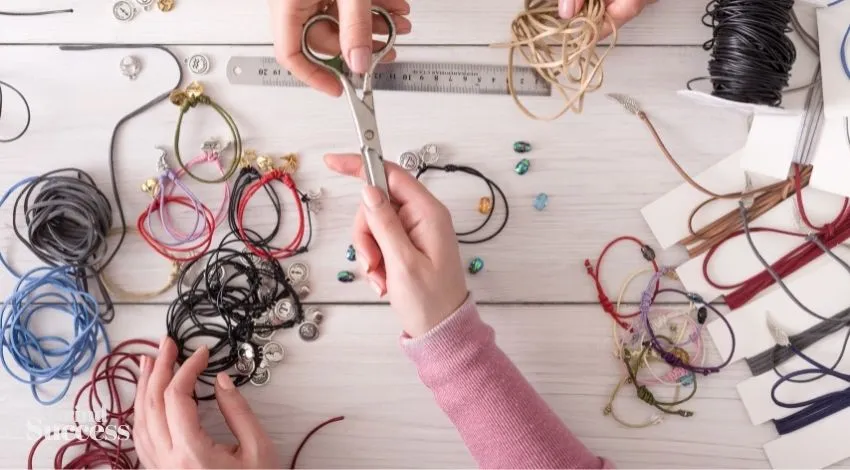Navigating the Handcrafted Jewelry Business
Introduction
In a world dominated by mass-produced items, handcrafted jewelry stands out as a testament to creativity, artistry, and individuality. The handcrafted jewelry business combines craftsmanship with personal expression, offering customers unique pieces that tell stories. This article explores the intricacies of running a handcrafted jewelry business, from design and production to marketing and customer engagement.

1. The Art of Handcrafted Jewelry
Handcrafted jewelry represents the fusion of skill and imagination. Artisans meticulously create each piece, infusing it with their unique style and passion. Whether it’s delicate silver filigree or vibrant gemstone creations, handcrafted jewelry showcases the artisan’s dedication to their craft.
2. Design and Creativity
Design is at the heart of handcrafted jewelry. Artisans draw inspiration from nature, culture, and personal experiences to create distinctive designs. From sketches to prototypes, the design process involves refining ideas and ensuring that the piece captures the desired aesthetic.
3. Materials and Sourcing… Read more
Continue Reading